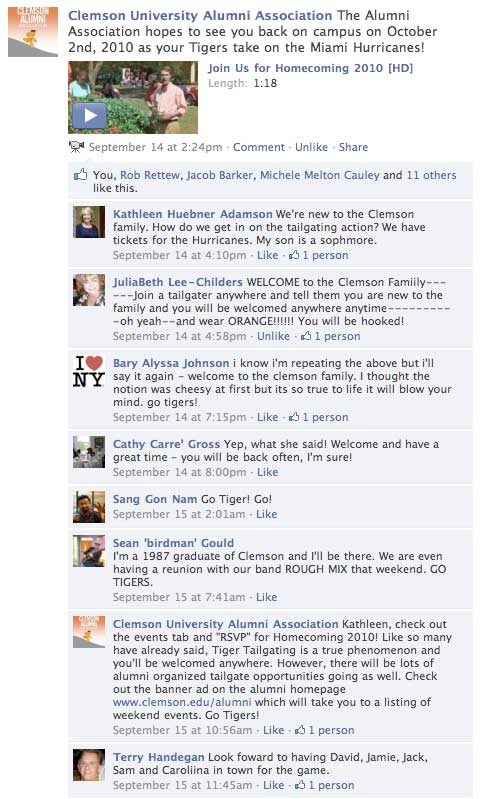So as I was sitting in the morning church service, there was a piano selection performed right at the beginning. As I was sitting there listening to this beautiful melody coming out of this grand piano; I thought this grand piano has been sitting at the front for a long time but I have yet to notice how beautiful it sounds. The soloist was playing this instrument in a way that brought out the tremendous musical range. The soloist was completely engaged with the piano, focused on the song, the notes, the stanzas. Why have I never noticed this piano before?
The audience was completely engaged in the music, tied to every note, anticipating the next stanza, watching as the soloist’s hands interacted with the keys, playing notes with methodical movements from one to the next. The piano has the potential to play that well…but it is the soloists interpretation of the music selection as she used this instrument to bring the story of the song to the ears of the audience.
About a week ago, I had someone question me whether the advent of Flip Video devices would create a drastic reduction in online video production industry? A great question. But as I listened to this soloist interact with this grand piano, I began to think about this question even more. My first response to this individual was simply whether I am using a Flip Video device, a high definition pro-sumer camera, or a $70K Sony HDCAM….it is not the device that tells the story…it is the practitioner who interprets the technology to create and deliver the story.
True practitioners, real storytellers know how to evolve with technology and maximize it’s potential to meet the needs of an audience. I think of a story I produced a few years ago about an Opera Singer on his way to re-merge as an Opera Sinder, my friend Ron Gattis.
When I first started working in video production (broadcast video production), I used what was called BetaCAM video devices. The camera weighed 30lbs and was the size of medium size briefcase positioned on my shoulder or on a tripod heavier than the camera itself. We would take the results of the video taping and use two large BetaCAM decks (Two large VCR’s) to edit between in a linear mode. One mistake and there was no going back…time to re-edit. Using that set-up, I won six Emmy Awards and numerous other AP awards for Television Excellence.
I tell this story…and many journalists before me endured broadcast video camera larger than this where the camera was split into two pieces.
Now, I work with a camera less than half the size, half the price, and edit on a laptop. I can deliver my stories to audiences broader than the DMA I was working in during my broadcast television days. I put the video into the laptop and can move the video around, manipulate it in ways that would take a major post-production house of 10 years ago tons of money and weeks of production.
The technology is changing, but I still have to use it appropriately to deliver a high quality story in a manner that allows the audience forget they are watching this story on a screen, remove their peripheral vision. Whether it is a theatre or a computer screen…I want to create that story within an interface that is interactive. You know what I mean, that moment when you are sitting in a movie and you are so involved with the story-line, you forget you are in a theatre. It is all about being in the “Zone” from both an audience perspective and a practitioner perspective.
Do you think that if the soloist was given a keyboard device that was no bigger than a laptop, she could render a melody worth sitting and listening too? Do you think Ansel Adams could render a beautiful landscape using a pin-hole camera that was created from a Quaker Oats cylinder? The ability for a practitioner to tell a story is embedded in our DNA, whether it is a Flip Video Camera or beautiful state of the art Grand Piano.
So next time you hear that beautiful melody/harmony coming from a Grand Piano…think for a minute, is it the Grand Piano rendering those beautiful notes….or is the vision of the soloist interpreting the potential of those keys and bringing you the audience into “their” world. I love telling visual stories!







